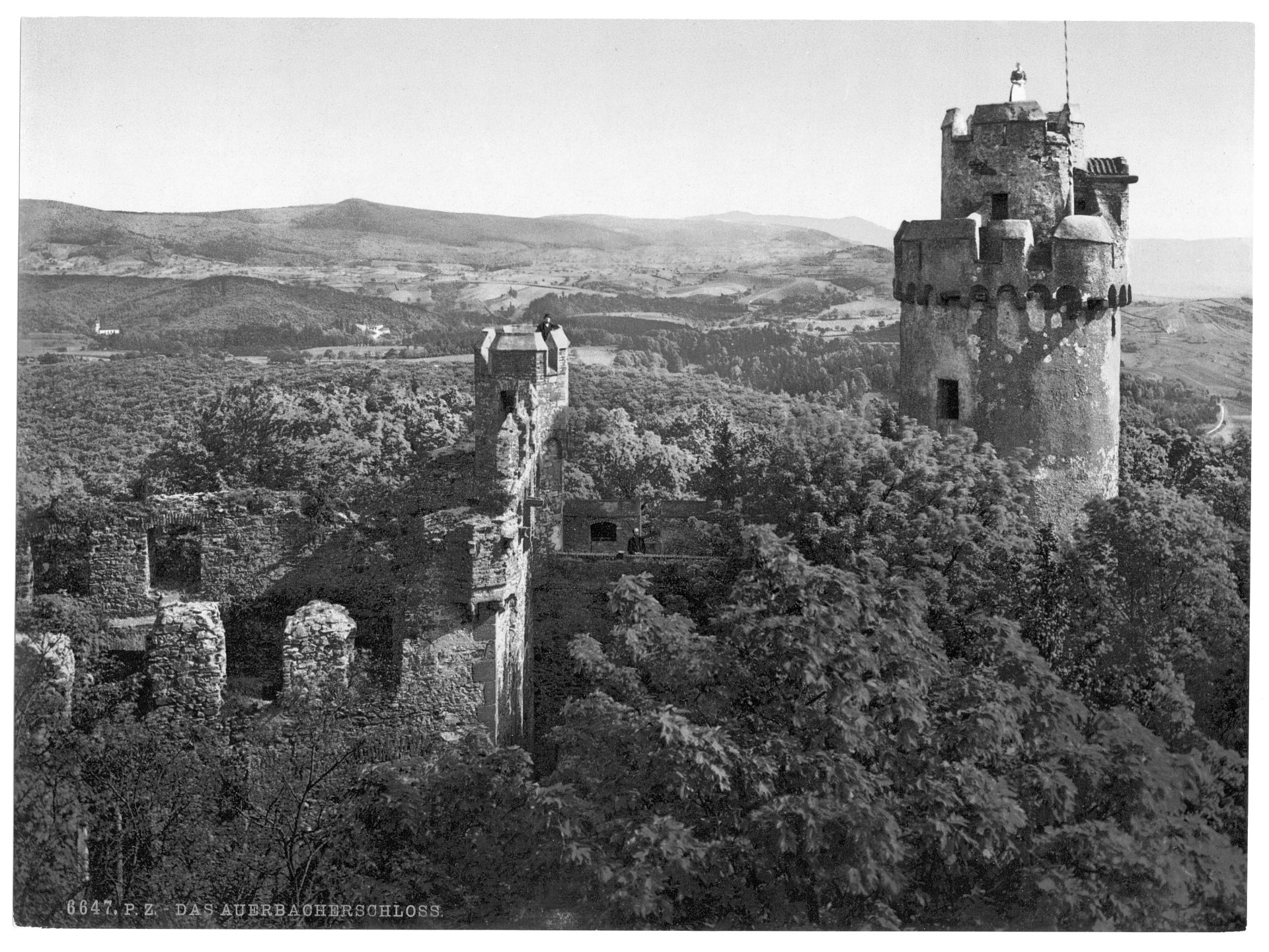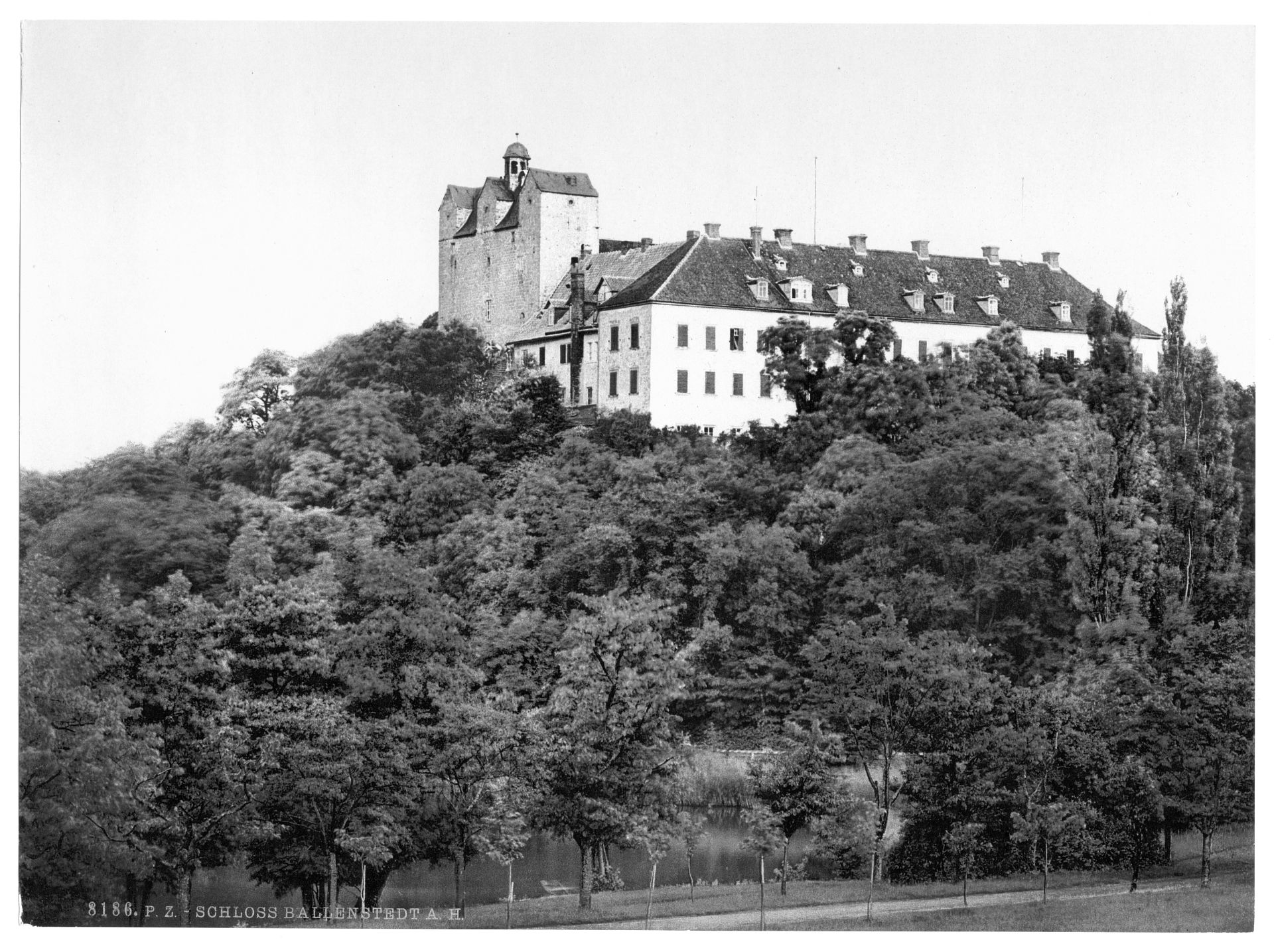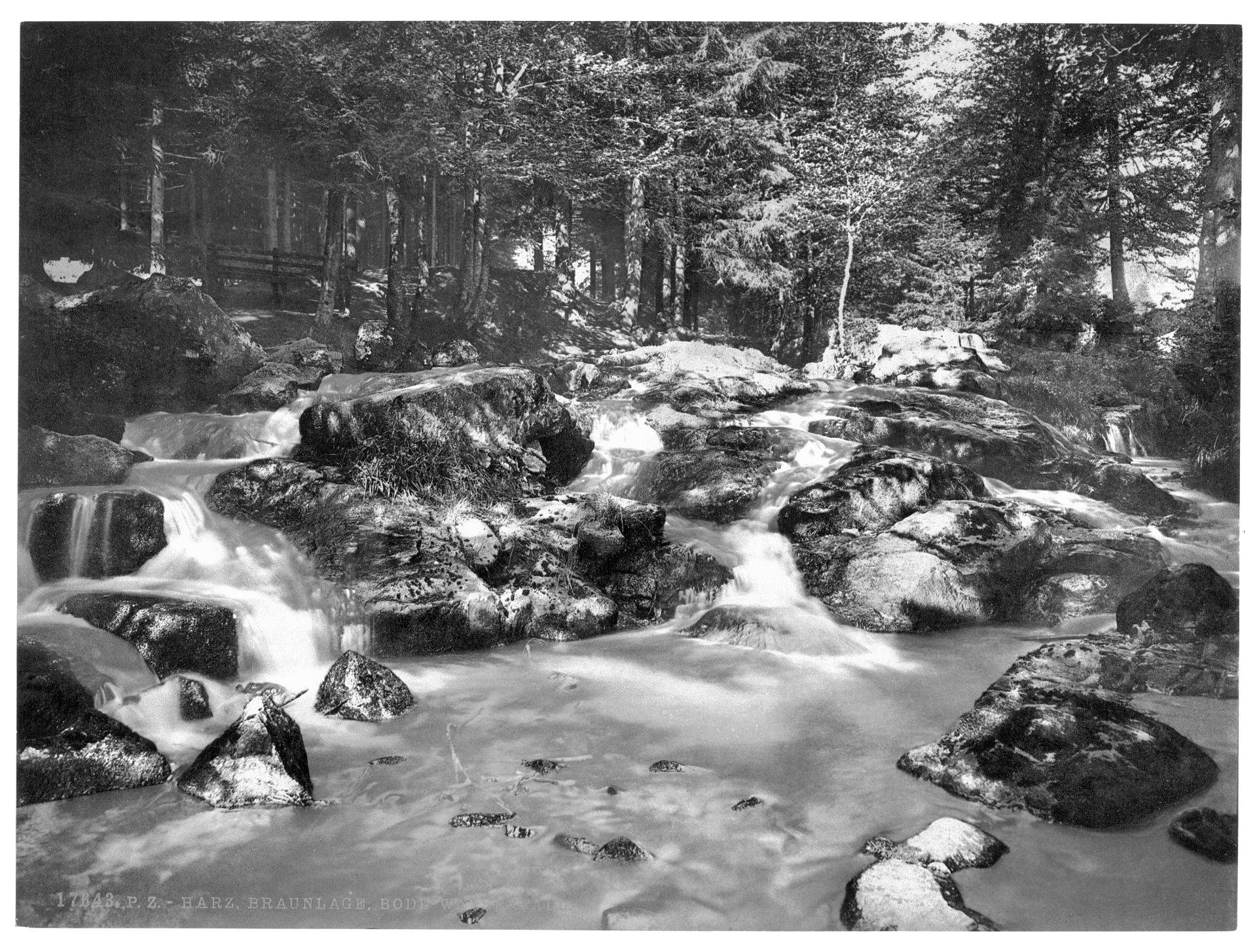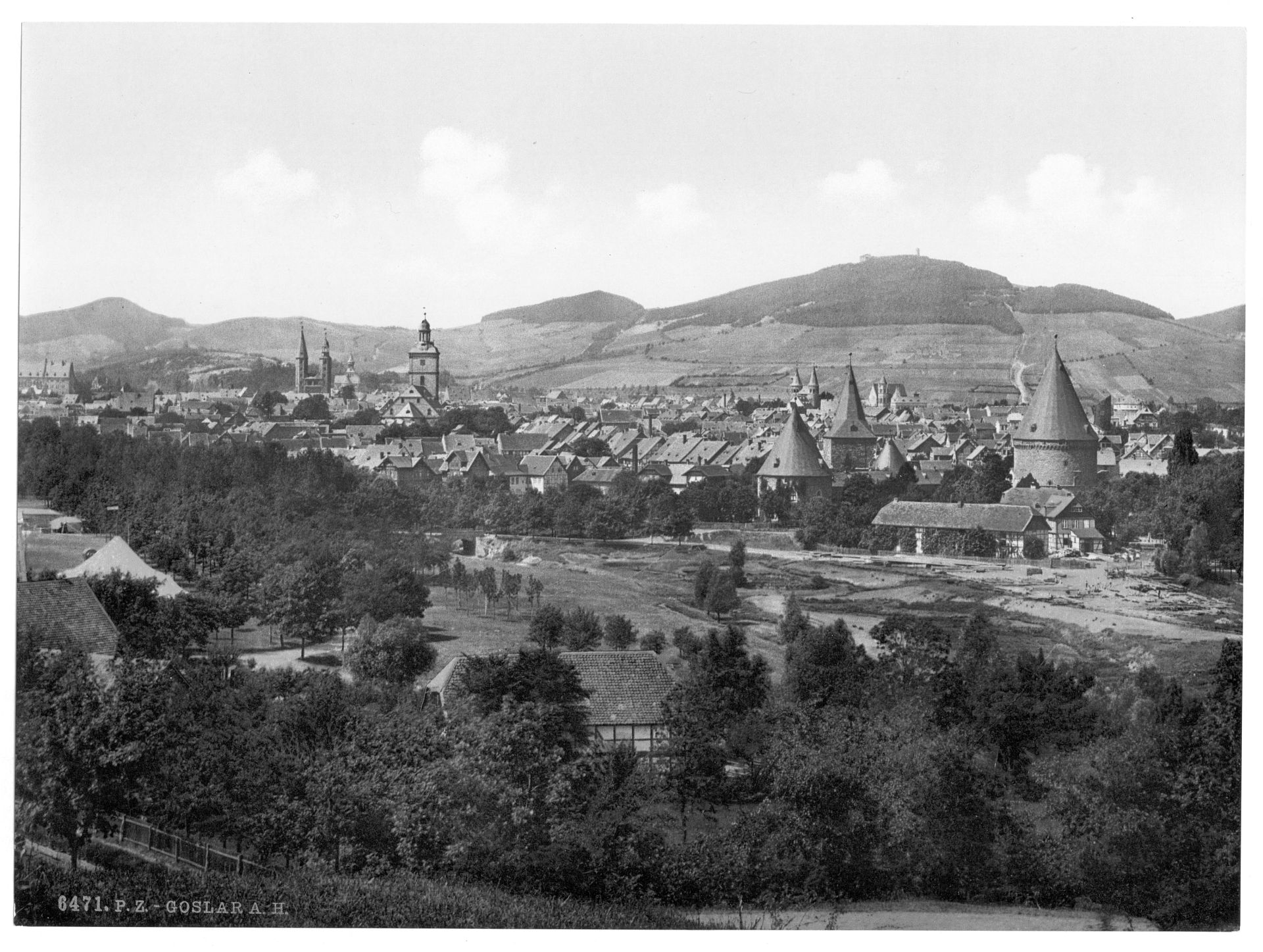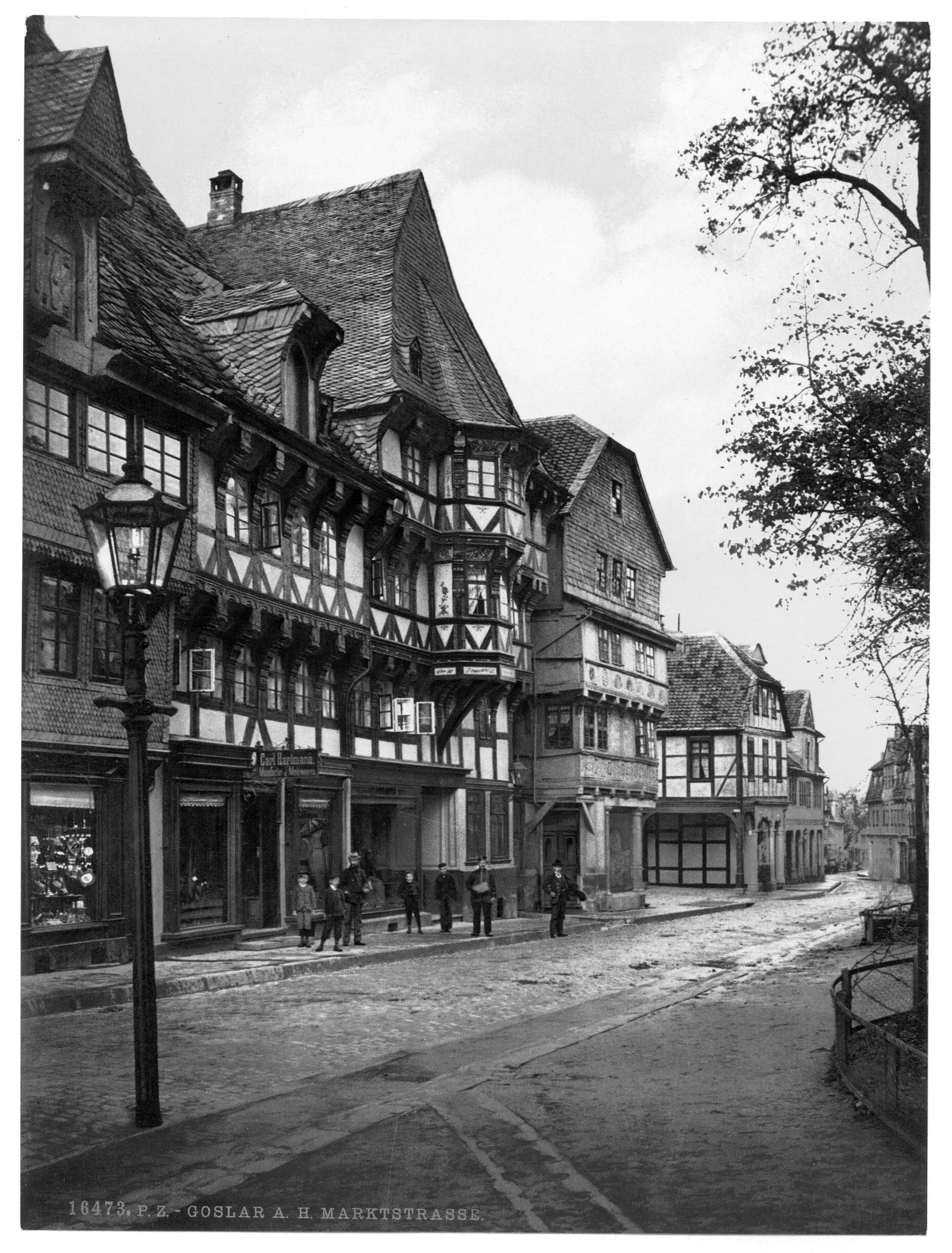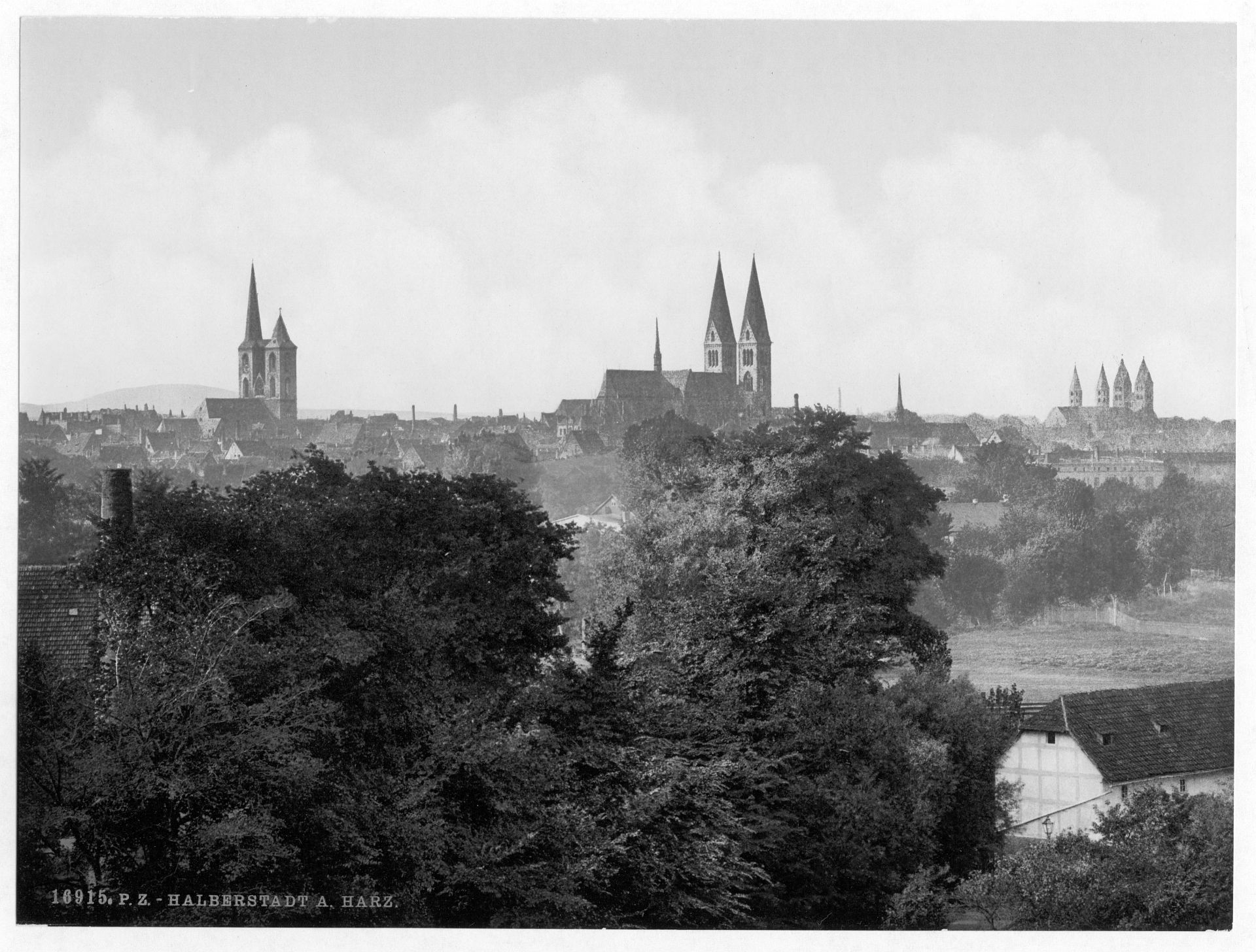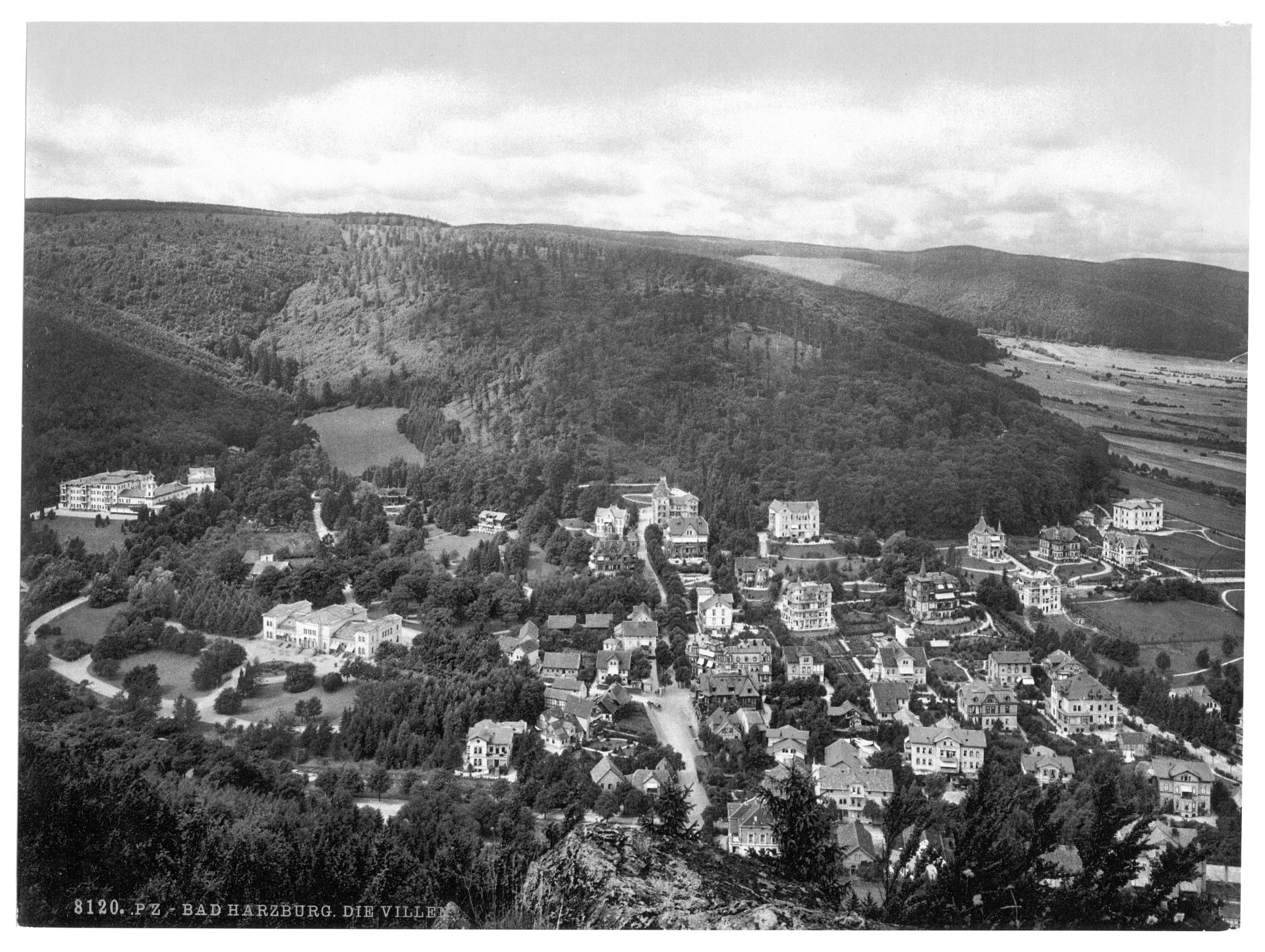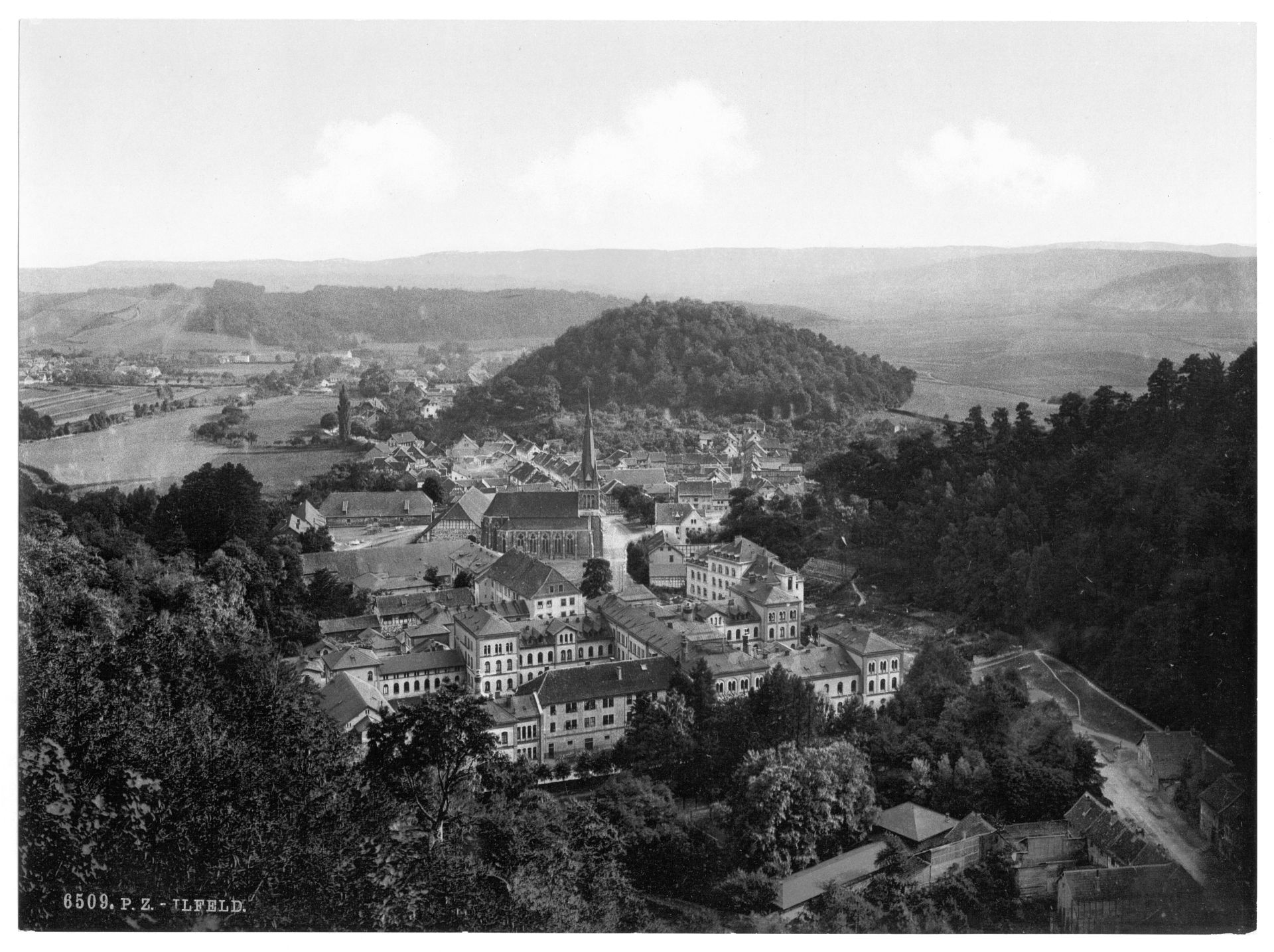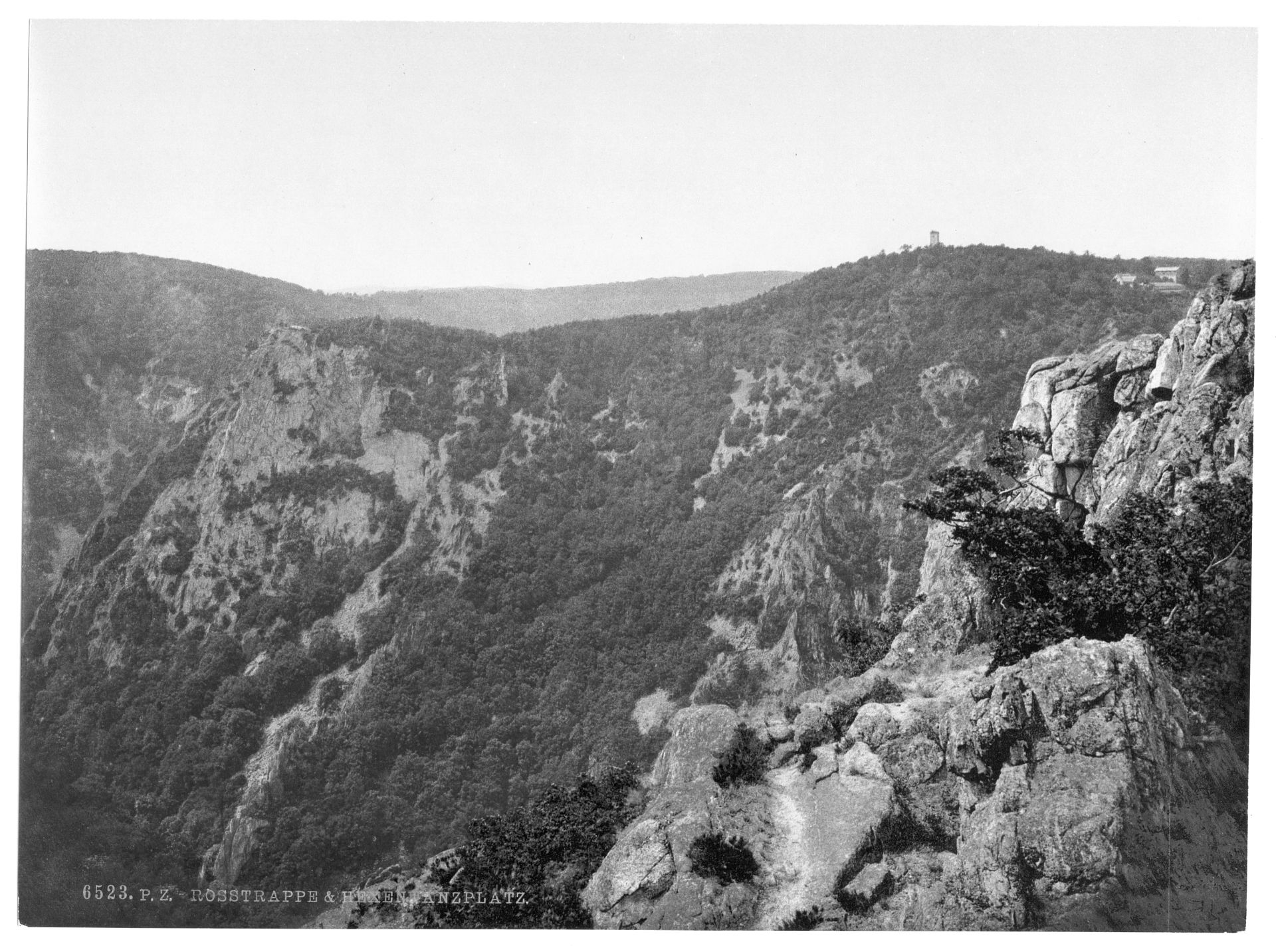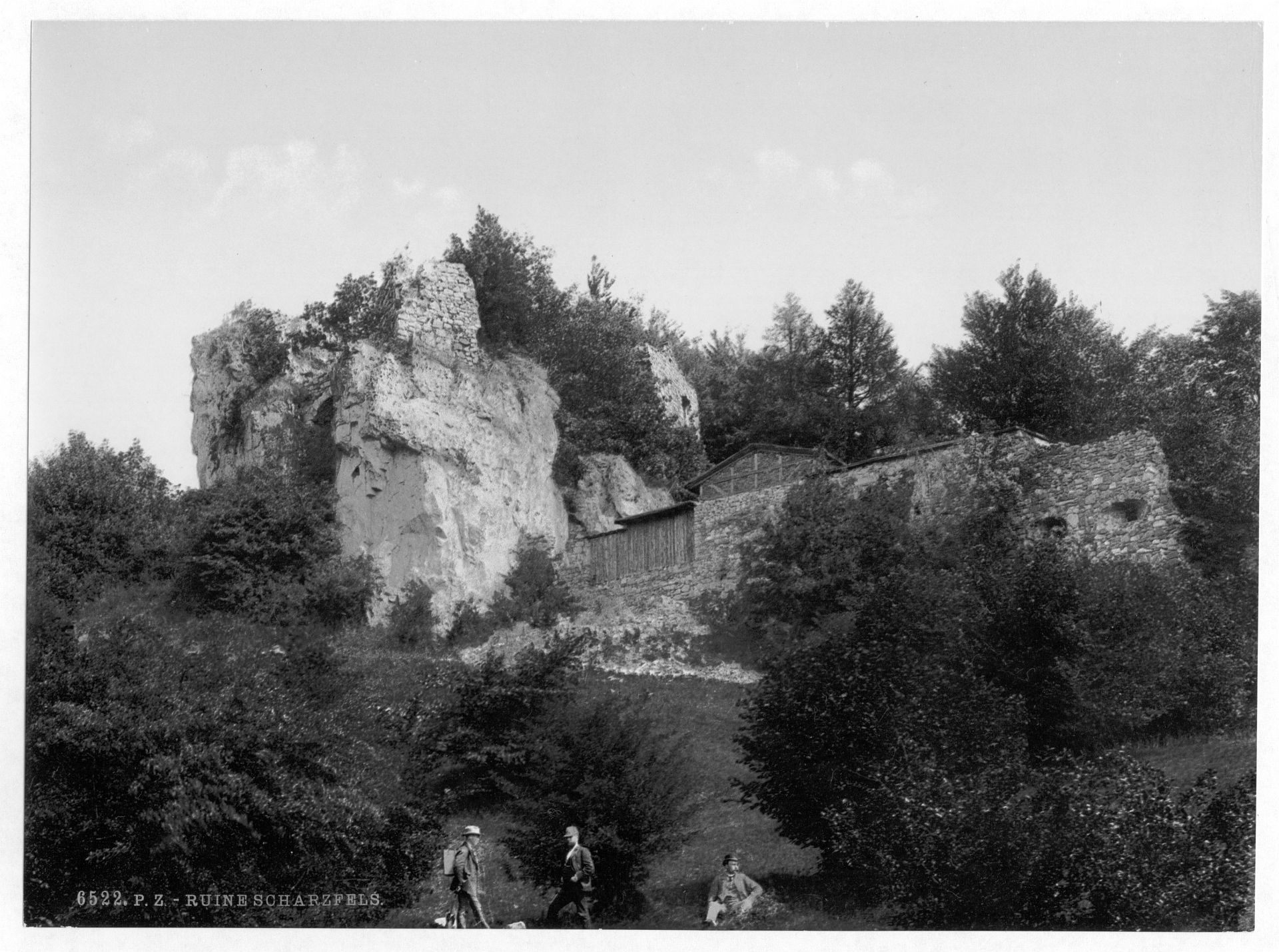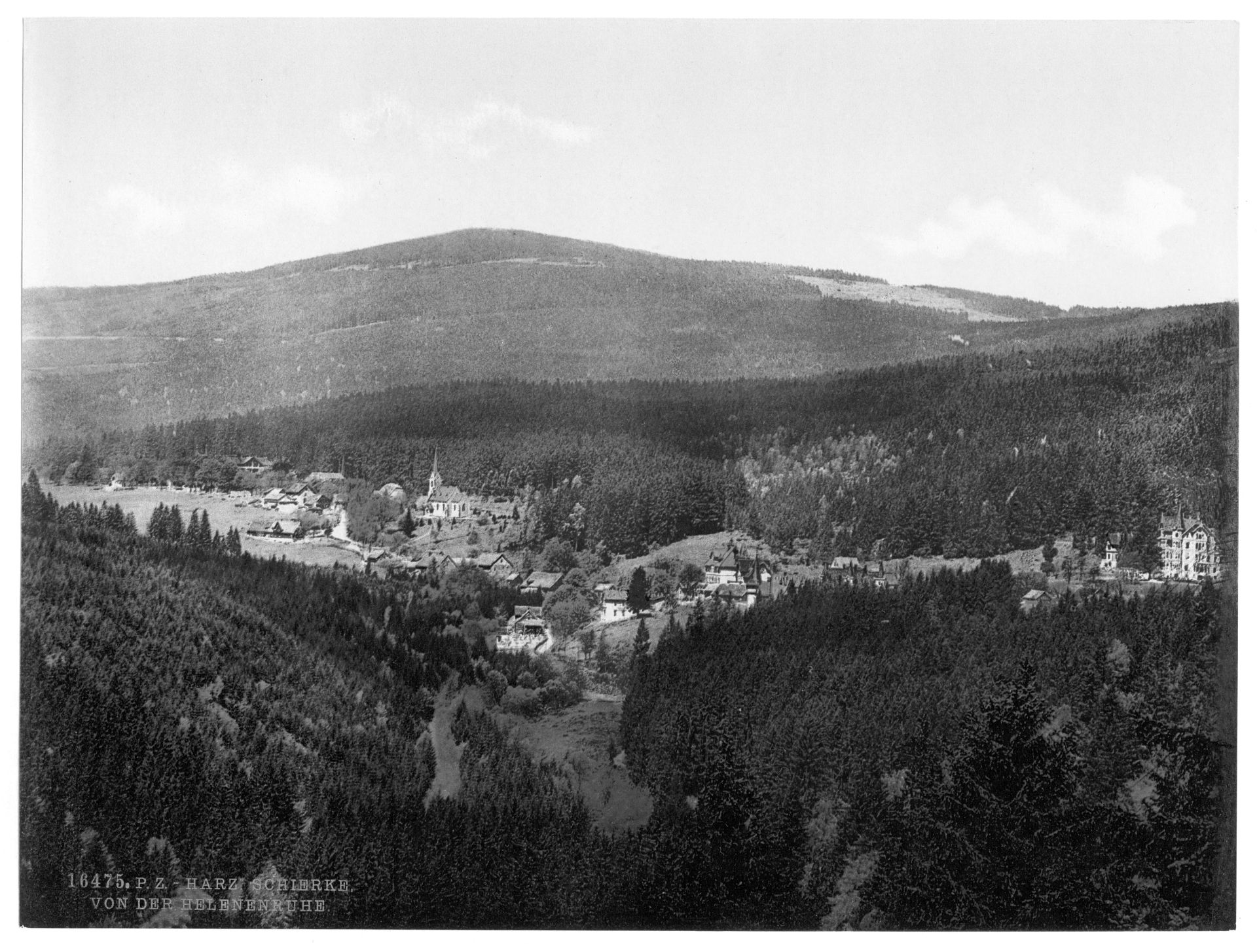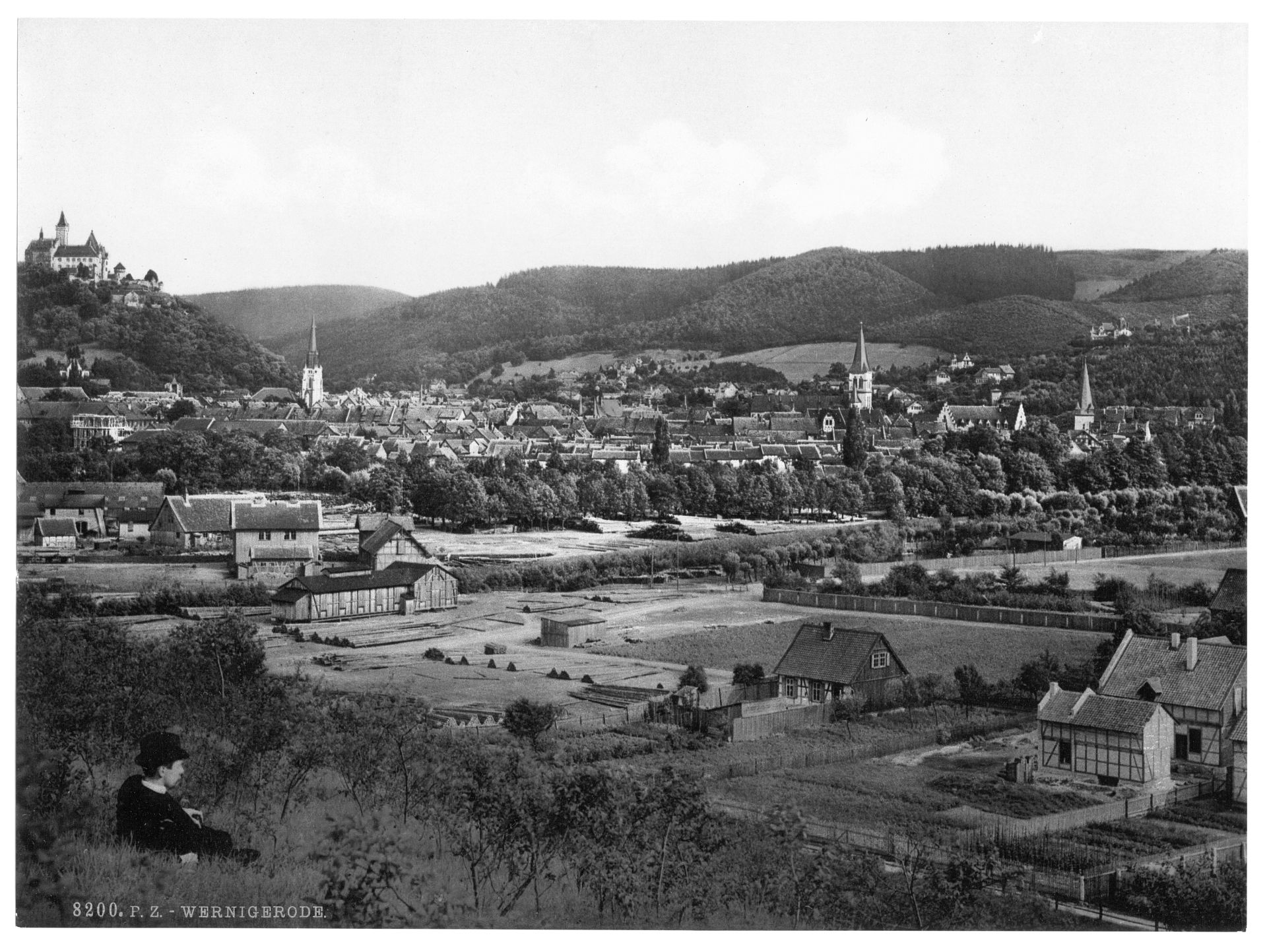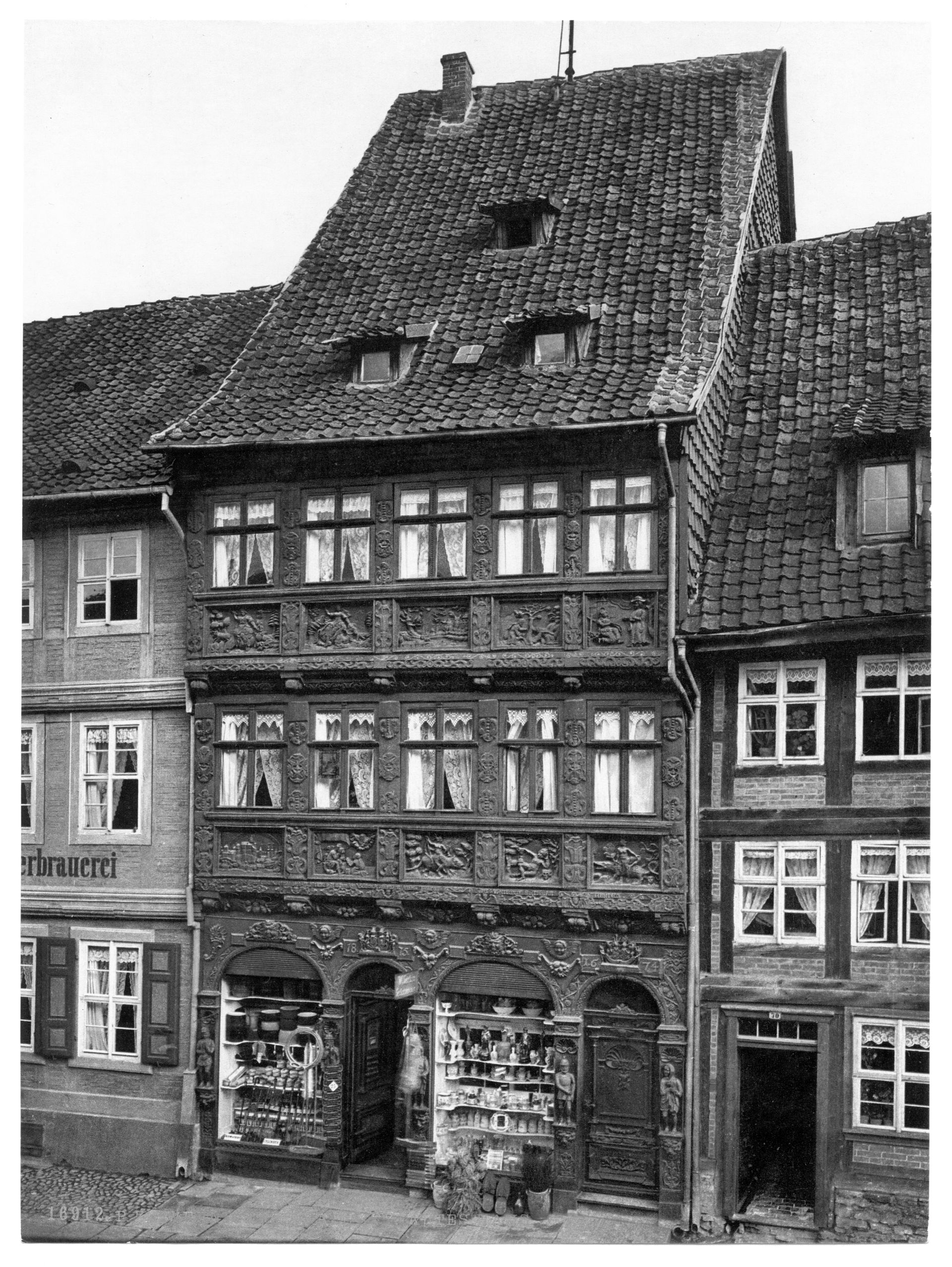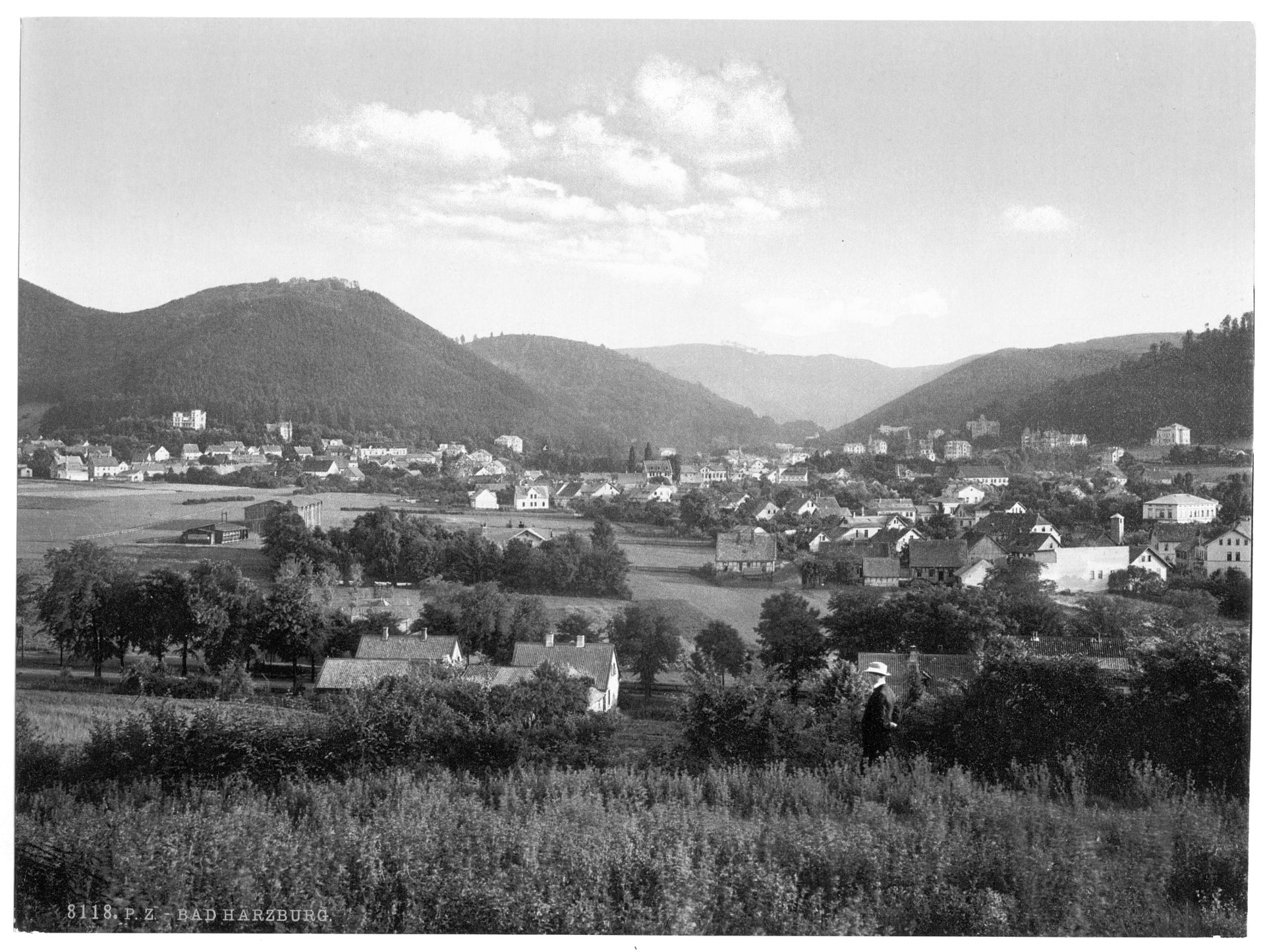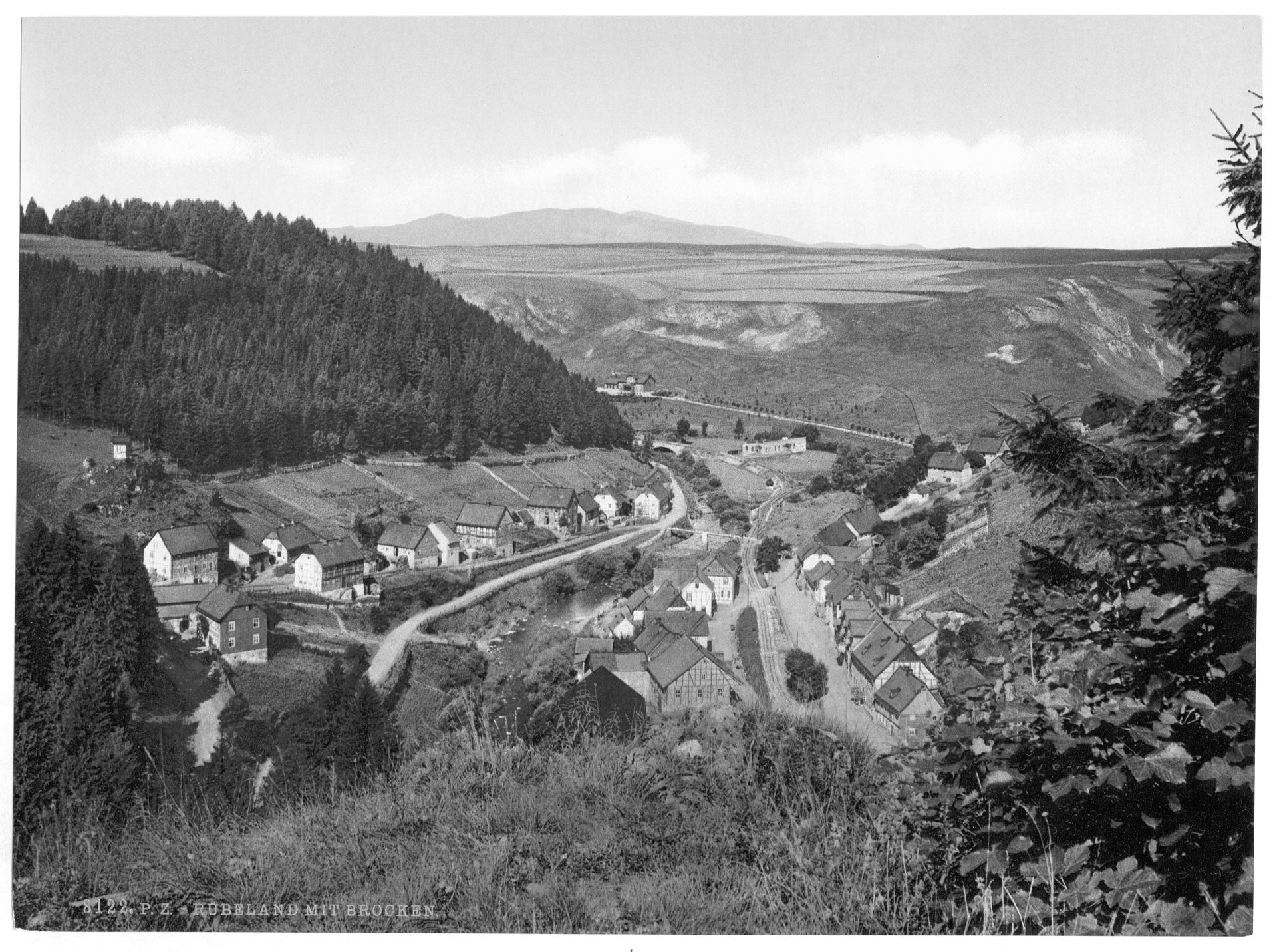Around 1800, large swathes of the Harz were deforested. The less resistant spruce monoculture, that arose as a consequence of the mining industry in the Upper Harz, was largely destroyed by a bark beetle outbreak and a storm of hurricane proportions in November 1800. This largest known bark beetle infestation in the Harz was known as the Große Wurmtrocknis, and destroyed about 30,000 hectares (74,000 acres) of spruce forest and lasted about for 20 years. The woods were largely reforested with spruce. Continuous problems with bark beetle and storms were the negative side effects of mining in the Harz Mountains.
In 1818, a mounted forester, Spellerberg, from Lautenthal, killed the last lynx in the Harz on the Teufelsberg.
At the start of the 19th century, the increasing changes to the natural landscape wrought by man and the extinction of large mammals like the bear, wolf and lynx raised awareness of the threat to nature.



